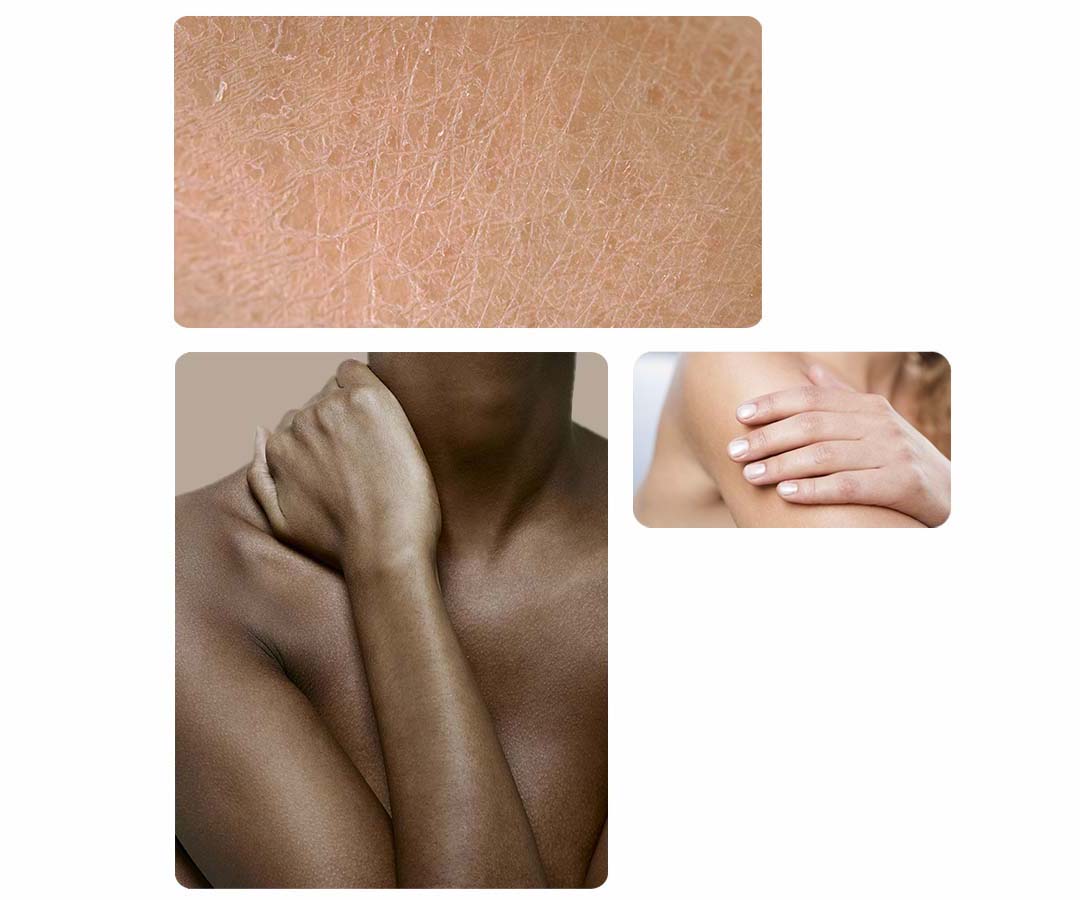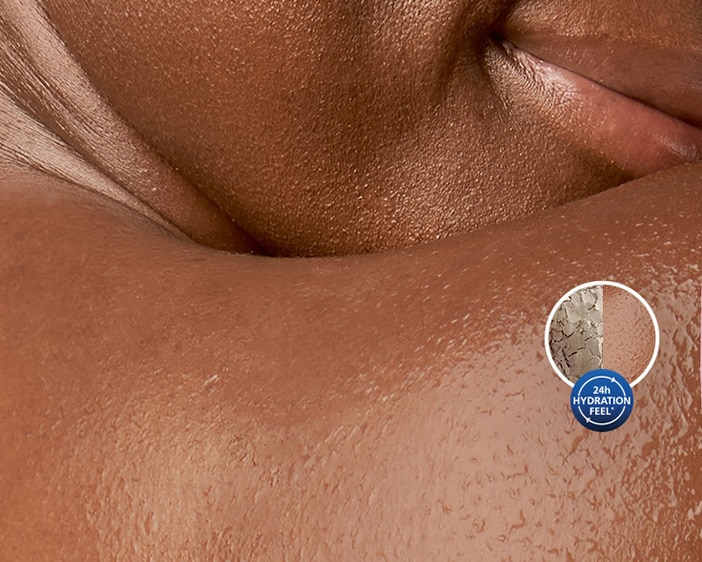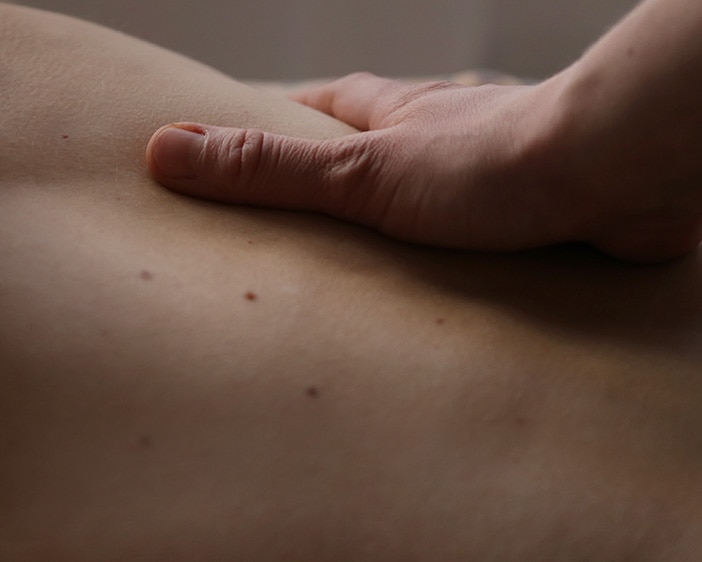SKIN TYPES
Very Dry Skin
Very dry skin lacks moisture, which can leave it dull, flaky and more prone to wrinkles, skin conditions and allergic reactions. Skin components including lipids and proteins form a barrier to lock in moisture, and if these are damaged, moisture evaporates, and skin becomes very dry.
Your skin needs extra moisture to help strengthen and replenish its protective barrier. Look for microbiome friendly products that reinforce the protective layer of bacteria that lives on your skin to boost its natural defences. This will help your skin feel more resilient as well as locking in natural moisture keeping it hydrated and balanced.
Take special care of your skin in hot, cold or windy weather to prevent it from getting chapped or irritated.



Facts about very dry skin
FACT 1
A large majority of people suffer from very dry skin at some point during the year. Most people will be aware of dry skin patches, especially on the knees, elbows and knuckles.
FACT 2
Symptoms of very dry skin include: itching, cracking, flaking and scaling. In serious cases, the skin is so dry that when it cracks it may bleed.
FACT 3
Very dry skin is caused by several factors but most are environmental or situational rather than genetic. These include exposure to the sun, extreme cold, harsh winds, and pollution. Situational factors may include manual labour and working with harsh chemicals or soaps, which can cause extreme dryness on the hands.
FACT 4
Drinking water is always important but if you suffer from very dry skin you should try to drink at least 8 glasses of water a day. This will add elasticity and help with blood circulation as well as combat skin ageing.
Your routine

First step
The best way to treat very dry skin is to moisturise regularly. Bring a moisturiser out with you during the day and keep re-applying it to the damaged area.

Second step
Use moisturising soaps. Avoid any chemicals or products that will further dry out your skin. Scrubs and exfoliants must not be used on the damaged area as this will irritate your skin further. If your skin is extremely dry, try showering every other day as hot water may dry it out even more. Pat your skin dry with towels rather than rubbing.

Third step
Wear soft clothing that will not chafe on the affected areas of your skin. Cotton and silk are natural fibres that allow your skin to breathe. Avoid synthetic clothing and materials that are rough.











